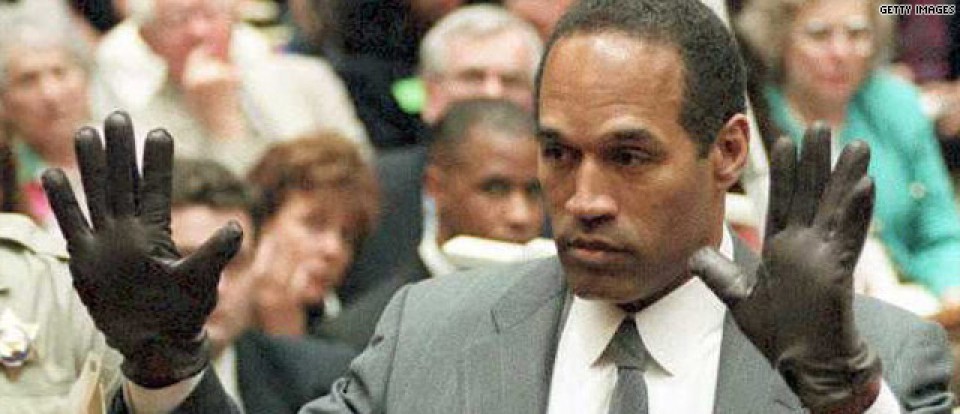We never post on Sundays. We are making an exception today on the theory that a lot of people in the Northeast are at home and would welcome the distraction. Here in Massachusetts it’s so cold that the Governor is urging people to stay indoors. Heck, we even decided to cancel Ultimate Frisbee.
This is now the seventh time that the New York Times —or its The Incidental Economist bloggers (“TIE” as they call themselves) — has observed that conventional corporate wellness doesn’t work. Links to the previous six instances follow this posting. Perhaps the seventh time will be the charm. Having covered every other angle except the actual health hazards of wellness, this TIE post specifically eviscerates “biggest loser” programs and their brethren.
HR executives may think they are “supporting” employees by holding weight-loss contests or paying them to lose weight. Unfortunately, all they are doing is reducing self-esteem, encouraging crash-dieting before weigh-ins, drawing attention to people’s weight, and — in addition to distracting employees from their actual jobs — distracting them from the one thing that benefits people of all sizes: exercise. It is much better to be “fit and fat” than fight a losing battle to keep weight off with various fad diets.
Further, the Body Mass Index, the 200-year-old metric wellness vendors still use to establish how much to pay or fine employees, turns out to be a very misleading measure of population health. (As “Brad F.’s” comment to a previous blog pointed out, BMIs may be of value if conducted as part of an actual physician-patient relationship. However, actual medicine is of no interest to wellness vendors, other than making people get useless annual checkups. Most physicians practicing actual medicine find wellness programs to be a misguided nuisance.)
Worse than The Incidental Economist says it is
The case against these programs is even stronger than TIE says. TIE supports its case by citing randomized control trials. But if RCTs are the Gold Standard, the Platinum Standard is wellness vendors’ consistent and total self-immolation in attempting to show their own program impact– despite ample opportunity to manipulate data, select motivated participants, ignore dropouts, and run ridiculously short “weight loss challenges” that end before the weight is regained. We love to cite ShapeUp as an example of that, having exposed them in the Pittsburgh Post-Gazette. (This was probably overkill on our part, but their CEO had thought a good way to get some attention might be to fallaciously attack our numbers even though his own figures were made up.)
Because great minds apparently aren’t the only ones that think alike, ShapeUp has plenty of company on the Biggest Loser List. Wellness Corporate Solutions has also been “profiled” on this site, largely for comic relief. Pfizer, where actively motivated employees lost a few ounces over a year, actually earned an award from Ron Goetezel for this stellar performance, as well as a spot on our Biggest Loser List. Our favorite example is McKesson. They also won one of Ron Goetzel’s Koop awards even though their average employee showed an actual increase in — you guessed it — BMI (and cholesterol):
If award-winning companies can’t get employees to lose weight, who can?
And where would a Biggest Loser List be without Vitality, which pitches its weight-loss program to others but can’t even get its own employees to lose weight? If wellness companies can’t get their own employees to lose weight, who can?
Where we differ with TIE is on weight control interventions for school-age kids. They quote one definitive-sounding study, with 4600 kids in it. We don’t have a problem with the actual study. However, because the long-term health and social prognosis for obese children is negative, and because this problem is so pervasive, we ourselves would insist on a much higher level of proof and more experimentation with different program designs before throwing in the towel on these interventions. (We may very well end up agreeing with TIE when all is said and done. We would just like more to be said and especially done.)
As for employers, our recommendation remains the same: do wellness for your employees, not to them. This means supporting employees who want to pursue health goals, but otherwise just leaving them alone to do their jobs. Don’t even make them play Quizzify if they don’t want to. (But they’ll want to — we guarantee it.)
The Incidental Economist/New York Times on Wellness: A Chronology
September 2014 TIE says wellness “usually” doesn’t work.
October 2014: TIE headlines: “Wellness Programs Don’t Seem to Work as Advertised”
December 2014 TIE says: “We’ve said it before, many times and in many ways, wellness doesn’t save money.”
February 2015 TIE headlines “Another Call to Eliminate Employee Weight Loss Programs”
October 2015 New York Times says: “Provide us with your...weight, or pay up.”
November 2015: TIE headlines “The Feds Are Wrong. Lots of Wellness Programs Violate the ADA.”




Great post Al.
LikeLike
Al, as usual good stuff. One thing you do not mention in this article is that these fat shaming programs disproportionately impact diverse communities.
LikeLike
Wellness is groupthink at its worst. There’s a Pulitzer waiting in the wings for a major investigative story on this nonsense,
LikeLike
Agreed. All a journalist would have to do is read the stuff on this site. Our earlier posts even include the questions they can ask the perps. We’ve made it ridiculously easy to write the expose and are just awaiting a taker.
LikeLike